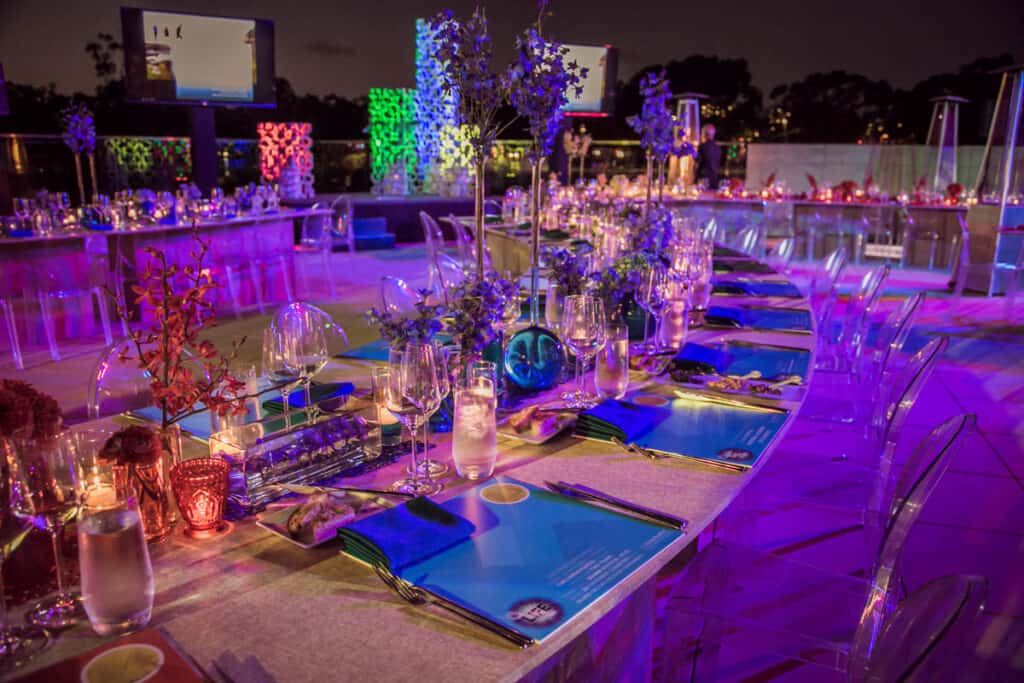Lighting best practices serve up a CEA event appetizer

LEDs Magazine often shares resources and information from media partners, research organizations, and other brands in our Endeavor Business Media family. That context is important because the connection between this blog and a November 2022 conference might not be immediately obvious to all readers.
A resource and advocacy nonprofit, Resource Innovation Institute is the organizer behind our former horticultural lighting event, now retooled as the Resilient Harvests Conference. The firm provides resources for professionals involved in developing controlled environments for agriculture, whether indoor farms or greenhouses.Read More : Contemporary trends in lighting up hotels “RII is a virtual organization spread across the country, but based primarily in Portland, Oregon,” explained executive director Derek Smith in a recent web call with our teams. RII’s initial proficiency was in the cannabis sector. Now that education, market research, and professional development resource has enabled RII to expand its services, staff, and information platform to address CEA outside of cannabis operations. For example, the company recently hired former Purdue University plant growth facilities manager and Dow horticulturist Rob Eddy to serve as RII technical director, strengthening the organization’s skillset in cultivation facilities engineering and management.
In addition to firm personnel, RII draws from extensive external support. “Our advisory council [members] represent utilities, regional and municipal authorities, policy makers, HVAC providers, lighting providers, program managers, architects, and engineers,” Smith said. This breadth of perspective and practical experience allows RII to adopt a multidisciplinary approach to its CEA guidance and best practices development.
Earlier this year, the firm released “Best Practices Guide — Lighting for Controlled Environment Agriculture Operations,” authored by Gretchen Schimelpfenig, PE. A LEED-certified design consultant and former RII technical director, Schimelpfenig specializes in energy efficiency, CEA building engineering, operations systems integration and commissioning, and project management. The guide defines common CEA terms; explains the fundamentals of light impact on plants; discusses energy usage, general regulatory guidance, incentive programs, and cost management for facilities; and outlines key performance indicators, or KPIs, for optimizing cultivation under LED lighting.
“[CEA] is a still a whole new way to grow crops. You can’t just throw technology at a problem; you really need best practices for implementation and training and so on,” Smith said, in explaining the drivers for the firm’s approach to CEA tools and conference planning.
Smith observed that the lighting guide targets one angle of practical application behind the forthcoming Resilient Harvests Conference program. Each session is designed to tackle three critical areas of education for CEA professionals and those shaping its market expansion — policies, programs, and practices. Conference attendees will hear that resonate throughout the event, with sessions sharing information on professional development (training/certification opportunities), policy formulation that promotes CEA opportunities, strategic energy management methods such as demand usage and onsite energy generation, and more.
Download the free best-practices guide from the Resource Innovation Institute website, and register for the Resilient Harvests Conference. We will look at the program in more depth in the coming weeks online as well as in the October issue of LEDs Magazine.
A resource and advocacy nonprofit, Resource Innovation Institute is the organizer behind our former horticultural lighting event, now retooled as the Resilient Harvests Conference. The firm provides resources for professionals involved in developing controlled environments for agriculture, whether indoor farms or greenhouses.
In addition to firm personnel, RII draws from extensive external support. “Our advisory council [members] represent utilities, regional and municipal authorities, policy makers, HVAC providers, lighting providers, program managers, architects, and engineers,” Smith said. This breadth of perspective and practical experience allows RII to adopt a multidisciplinary approach to its CEA guidance and best practices development.
Earlier this year, the firm released “Best Practices Guide — Lighting for Controlled Environment Agriculture Operations,” authored by Gretchen Schimelpfenig, PE. A LEED-certified design consultant and former RII technical director, Schimelpfenig specializes in energy efficiency, CEA building engineering, operations systems integration and commissioning, and project management. The guide defines common CEA terms; explains the fundamentals of light impact on plants; discusses energy usage, general regulatory guidance, incentive programs, and cost management for facilities; and outlines key performance indicators, or KPIs, for optimizing cultivation under LED lighting.
“[CEA] is a still a whole new way to grow crops. You can’t just throw technology at a problem; you really need best practices for implementation and training and so on,” Smith said, in explaining the drivers for the firm’s approach to CEA tools and conference planning.
Smith observed that the lighting guide targets one angle of practical application behind the forthcoming Resilient Harvests Conference program. Each session is designed to tackle three critical areas of education for CEA professionals and those shaping its market expansion — policies, programs, and practices. Conference attendees will hear that resonate throughout the event, with sessions sharing information on professional development (training/certification opportunities), policy formulation that promotes CEA opportunities, strategic energy management methods such as demand usage and onsite energy generation, and more.
Download the free best-practices guide from the Resource Innovation Institute website, and register for the Resilient Harvests Conference. We will look at the program in more depth in the coming weeks online as well as in the October issue of LEDs Magazine.
Source: www.ledsmagazine.com
Useful Links:
